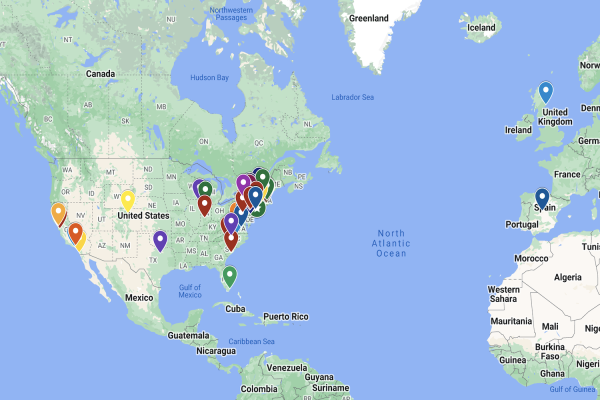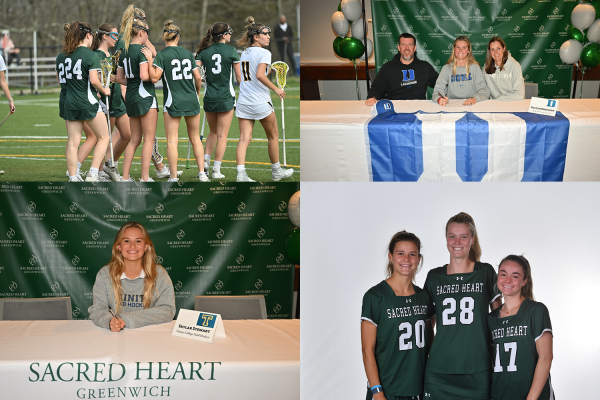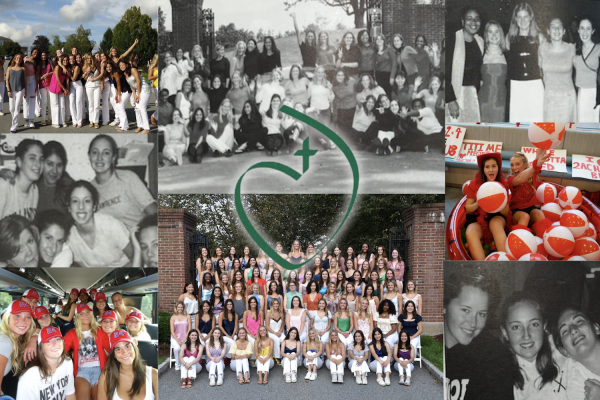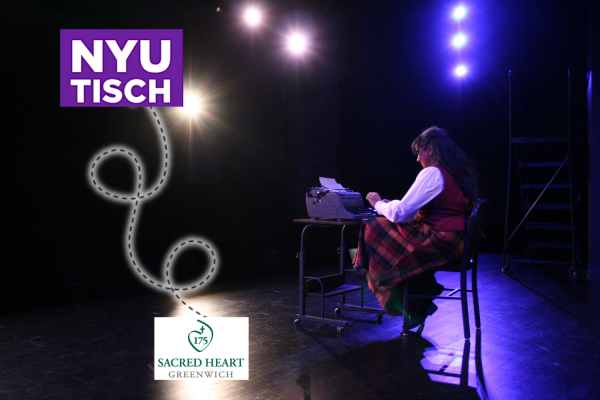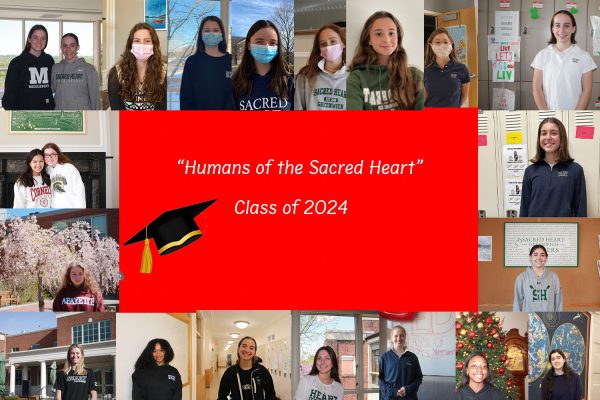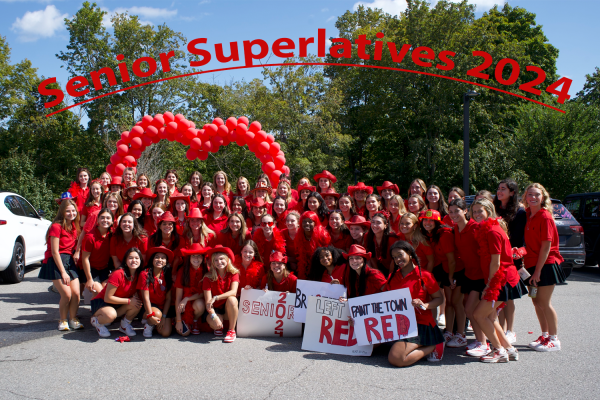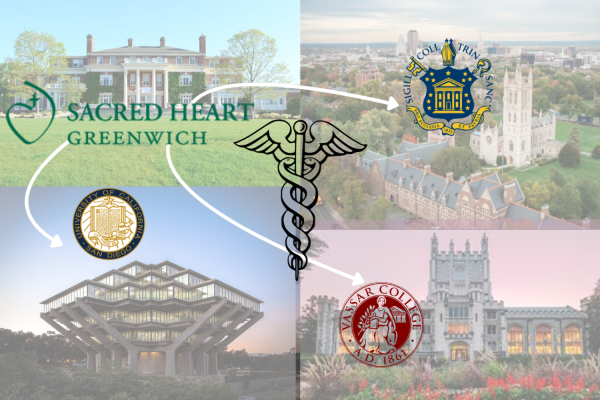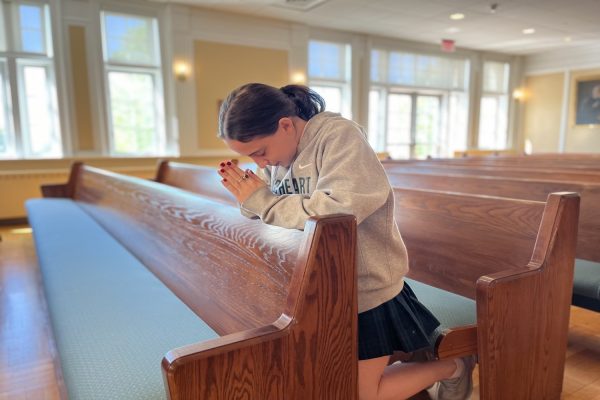A new look into biology and education with Dr. Gremski
Dr. Kristina Gremski takes a sabbatical to research molecular biology.
Dr. Kristina Gremski, Sacred Heart Greenwich Upper School Science Department Chair and Biology teacher, is the twenty-second educator to participate in the annual Vivian Pomex Sabbatical program. Her sabbatical began June 2019 and ended January 10. During her absence, Dr. Gremski researched changes in the field of biology while finding ways to alter the dynamics of classroom education to benefit a variety of study habits.
The Vivian Pomex Sabbatical permits educators at Sacred Heart to examine different teaching styles while exploring individual interests. Sacred Heart first implemented the program to honor Ms. Vivian Pomex, former Upper School Art teacher, who passed away in 1997.
Dr. Gremski applied for the sabbatical in November 2018. The fast-paced advancements in biology inspired her to apply. Dr. Gremski found that newly developed techniques are changing how biologists view their current research. As an educator, Dr. Gremski believes that these changes are pertinent to study so students can learn about the most up-to-date innovations in biology.
“In the last eight years in particular, biology has been going through a major revolution,” Dr. Gremski said. “These changes will impact the current generation of students because the fields of medicine and agriculture will likely change dramatically.”
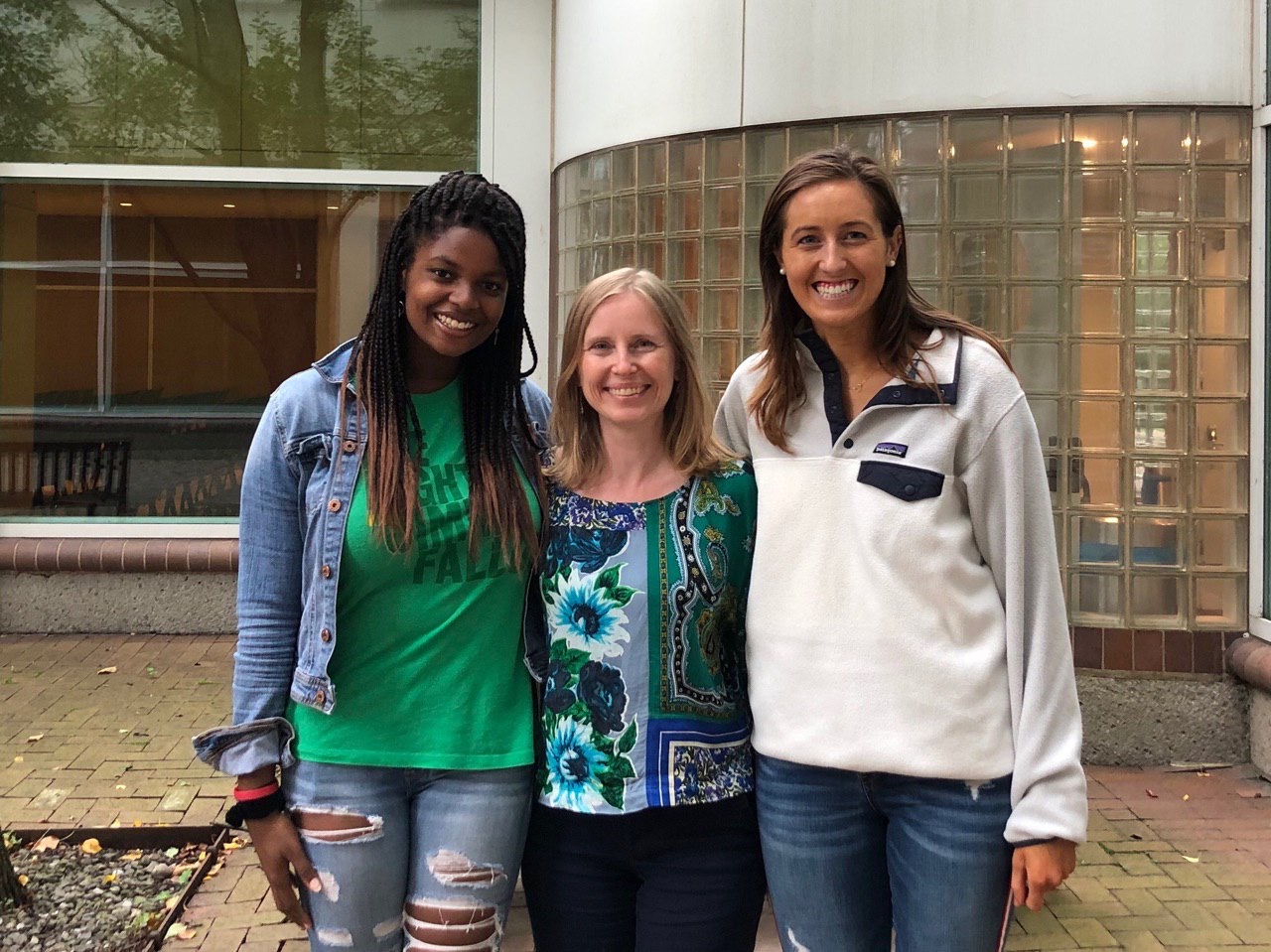
During her sabbatical, Dr. Gremski’s first project was acquainting herself with new research in molecular and cell biology at Cornell University. Dr. Gremski attended research seminars and undergraduate biology courses to learn about relevant topics that she can apply to her classes at Sacred Heart. Dr. Gremski expanded her knowledge of biology-related studies by joining Dr. Adrienne Roeder, Cornell professor, in her research lab.
While meeting with a variety of professors and reading research articles and books about the newest biology progressions Dr. Gremski’s awareness of how suddenly studies change in biology grew.
“The field of biology changes at lighting speed, and it was amazing to see how much has changed in the last decade since I left the research world,” Dr. Gremski said. “I got to hear research talks by well-regarded scientists from all over the country, including Stanford University, CalTech, [and] Harvard.”
Dr. Gremski’s second project focused on making lessons at Sacred Heart more active. The lectures she sat through and books she read introduced Dr. Gremski to a new model of a flipped classroom structure, where students learn the lessons at home and then practice problems during class time, which gives students access to a more effective way of learning new material. Dr. Gremski would like to incorporate the flipped classroom method in her lessons to allow students to engage and receive the help they need.
“Students gain their first exposure to content at home through either reading or pre-recorded video lectures,” Dr. Gremski said. “Class time is then spent working on practice problems or other activities that require the students to apply their knowledge with the teacher as a guide helping the students through this process.”
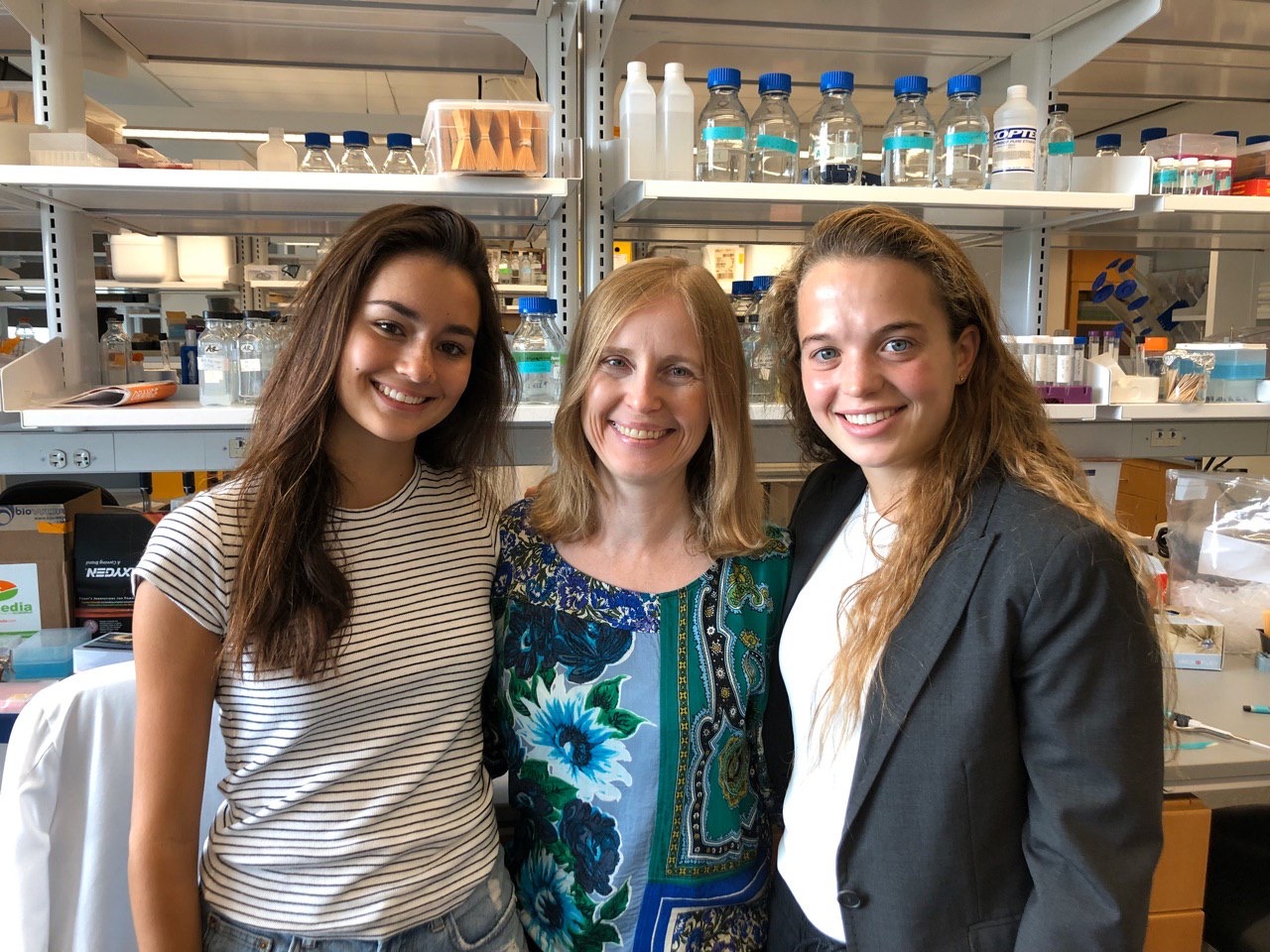
While at Cornell, Dr. Gremski attended classes to learn about teaching at the collegiate level. This inspired Dr. Gremski to transform her own lessons. One specific course, Introduction to Evolutionary Biology and Diversity, uses the partially flipped classroom. In this approach, students read and listen to the lectures before class. Then, the students split into groups for an activity and they work on problem solving and topics that pertain to the lecture. Dr. Gremski took note of this method and used it to form her own lesson plans.
“I then worked on creating lesson plans for my own courses to transition to a partially flipped classroom and incorporate as many active learning lessons as possible,” Dr. Gremski said. “I recorded multiple video lectures that my students will watch for homework and compiled various lessons that will require the students to use critical thinking skills and apply the knowledge they learned from the video lectures.”
Dr. Gremski also studied numerous books and articles and attended teaching workshops in Asheville, North Carolina, and Chicago, Illinois. Dr. Gremski credits the books she read, especially “The Tangled Tree: A Radical New History of Life” by Mr. David Quammen, as the main element in her learning. She hopes to use her new information to teach her students how much science can change, giving them an open mind about discoveries.
“All the books I read about best teaching practices and the various lessons I worked on will have the most direct effect on my students,” Dr. Gremski said. “For example, I read a book called The Tangled Tree: [A Radical New History of Life] in which I learned that a basic foundation concept about life was taught the wrong way when I was in high school because textbooks weren’t keeping up with current research, and the scientific knowledge changed, again and again, all because new technology was making new discoveries possible.”

Dr. Gremski’s biggest takeaway from her sabbatical is the impact of advancing and switching to different teaching techniques. To do so, she plans to add human immunodeficiency virus (HIV) forensic analysis as a new lesson for her AP Biology class. She also hopes to incorporate new subjects in her Honors Biology classes, such as understanding the human race as a social construct and teaching the complexity of ancestry testing. In the future, she would like her students to learn about the newest changes and find the field of biology as fascinating as she does.
“I don’t think any other subject you take in school changes as fast as biology,” Dr. Gremski said. “In certain areas of biology, scientists are still disagreeing about how things work and why they are the way they are.”
Featured Image by Charlotte Burchetta ’22
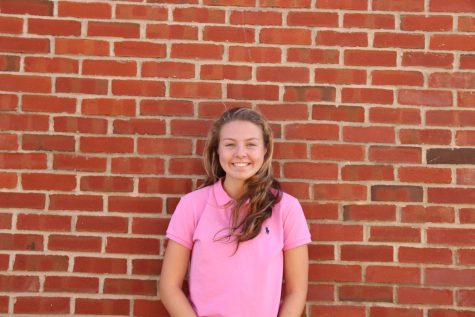
Charlotte is so excited to be a Content Editor, one of the Social Media Manager, and to assist with multimedia projects on the King Street Chronicle. She...


